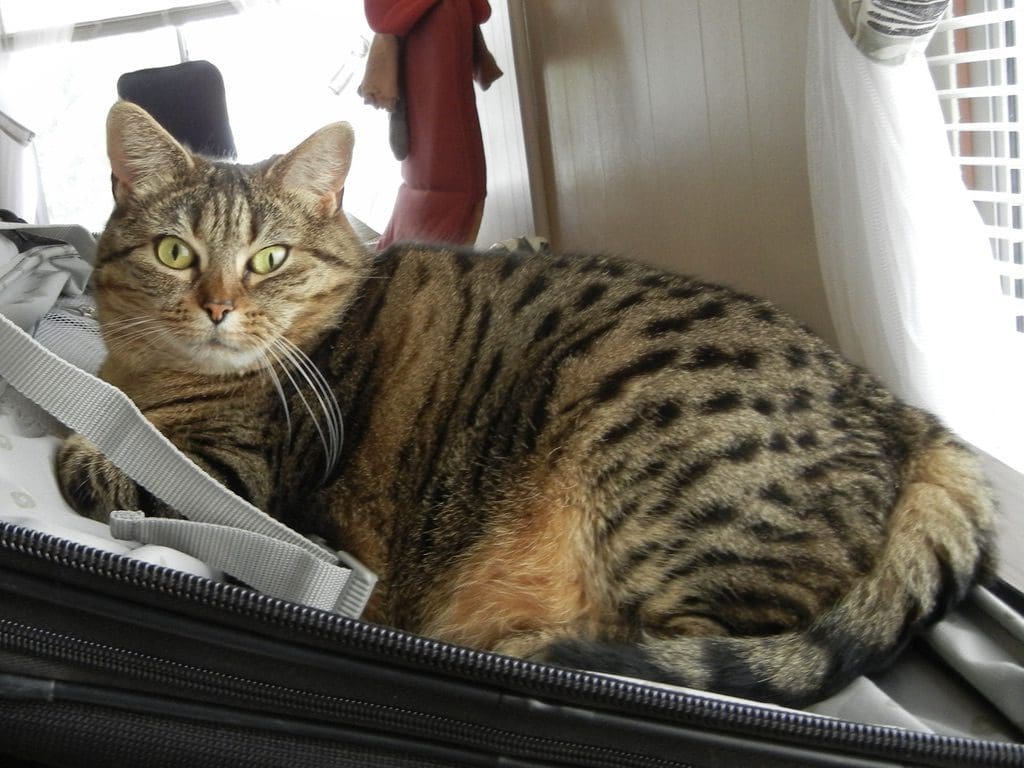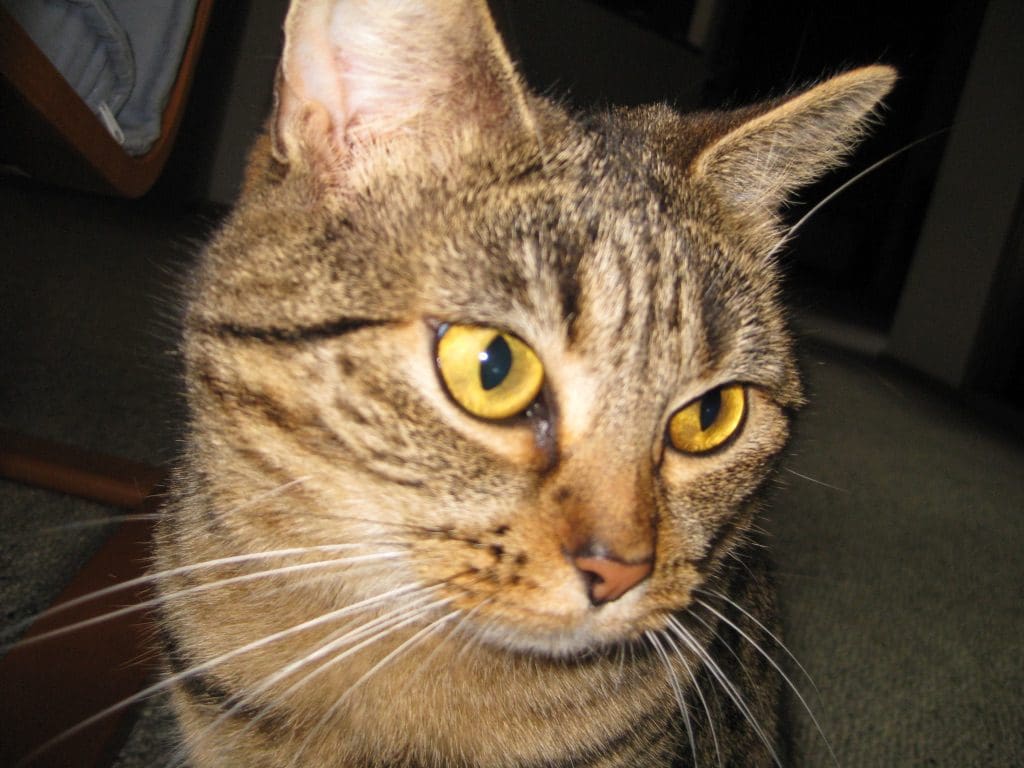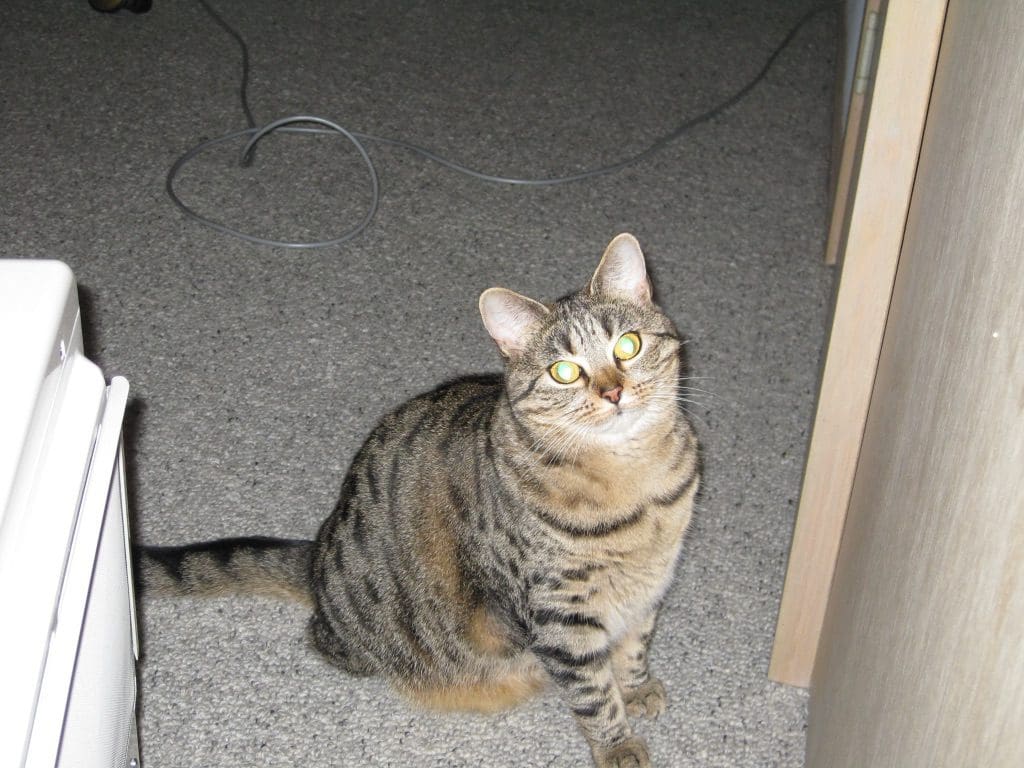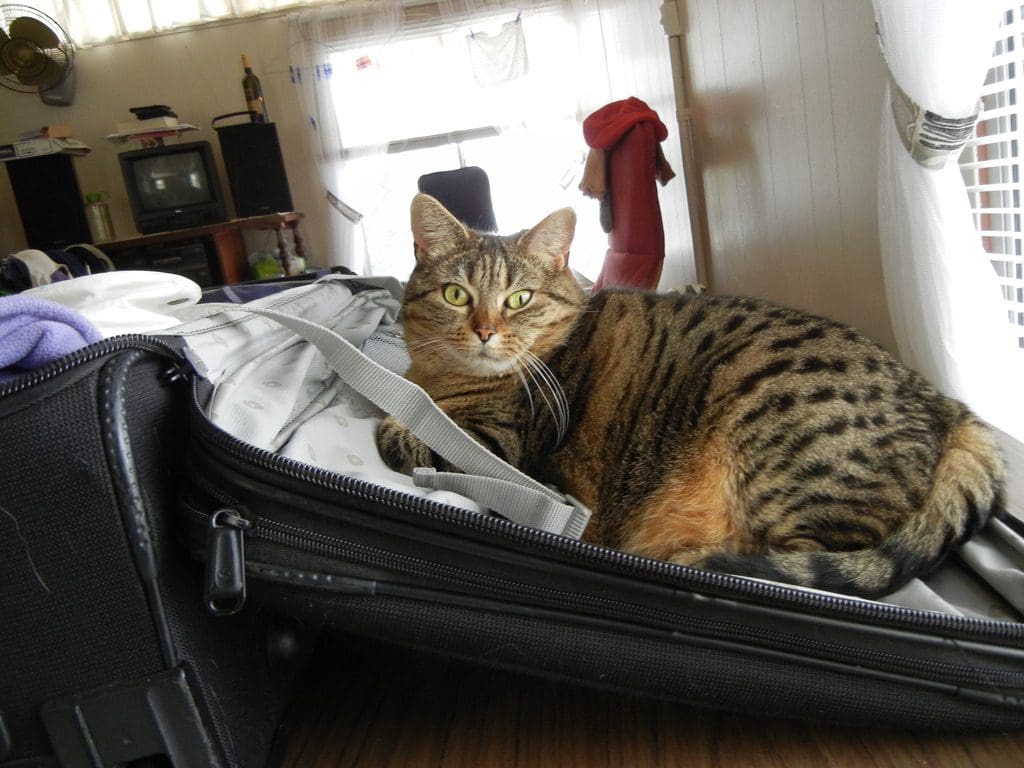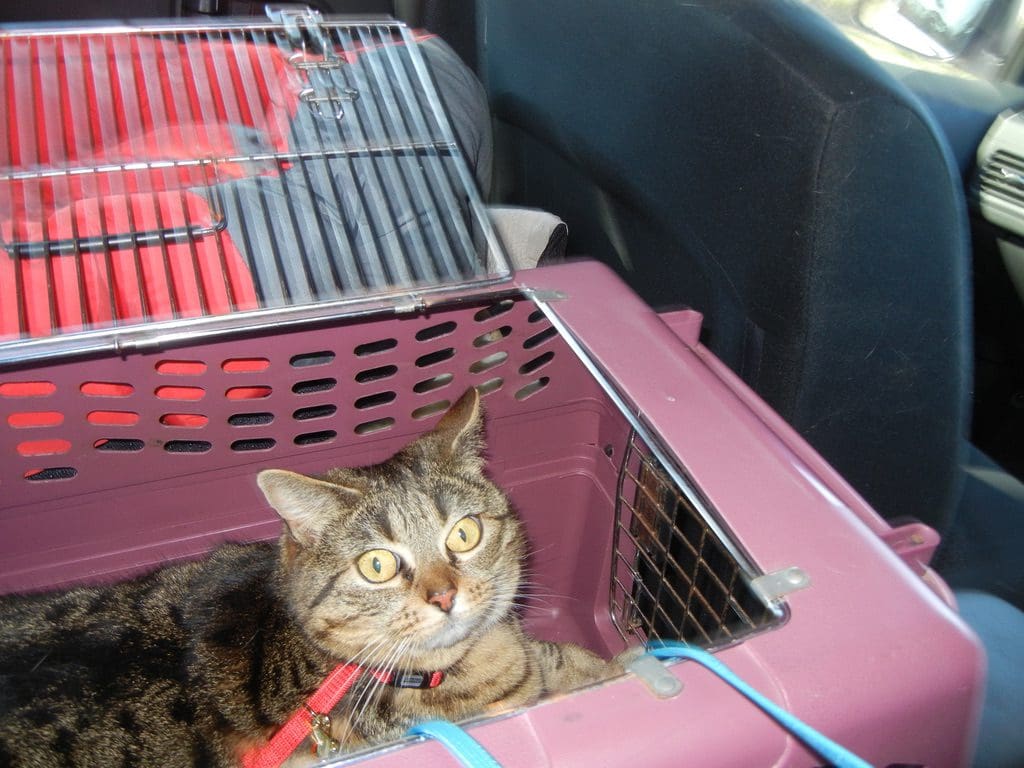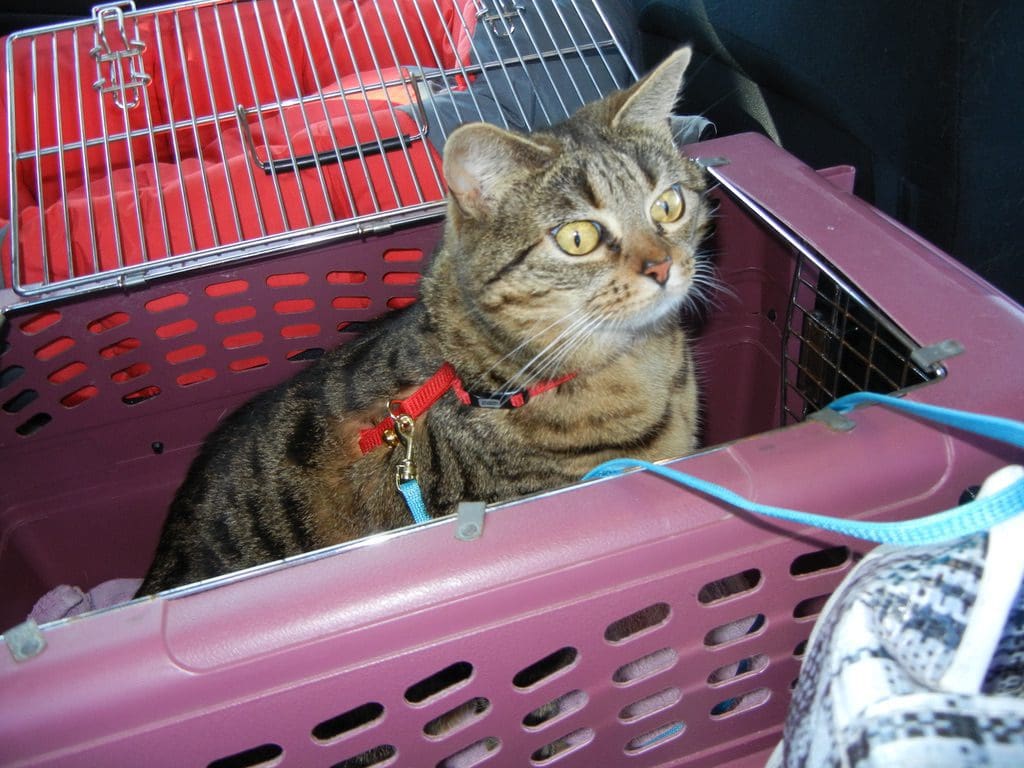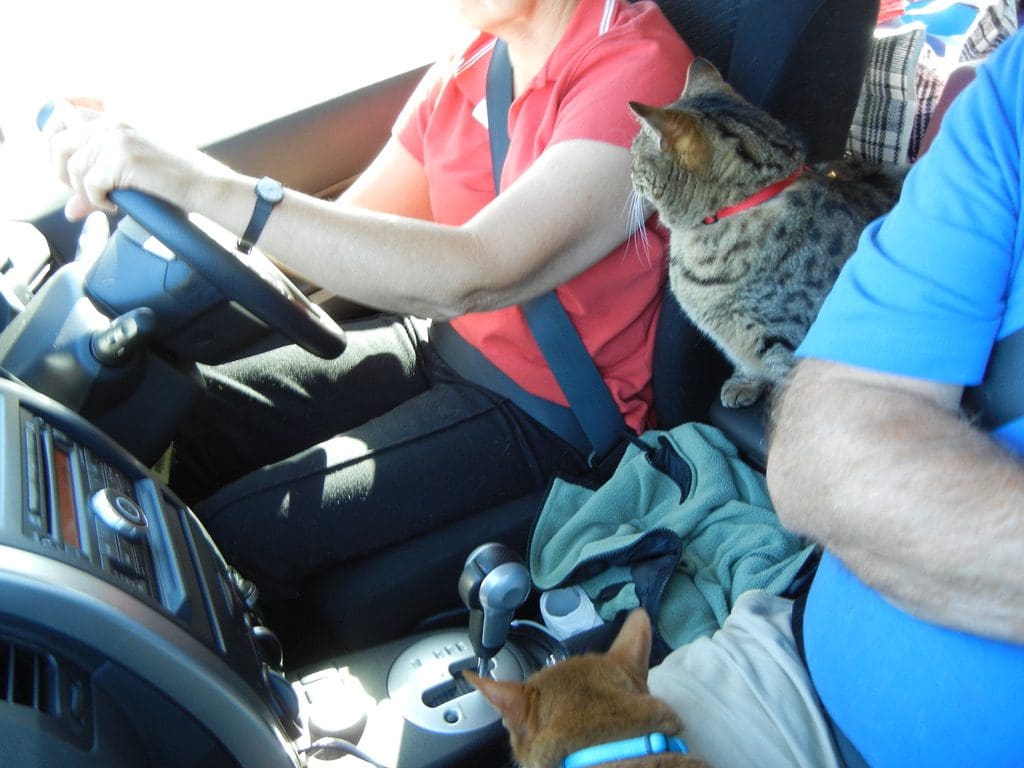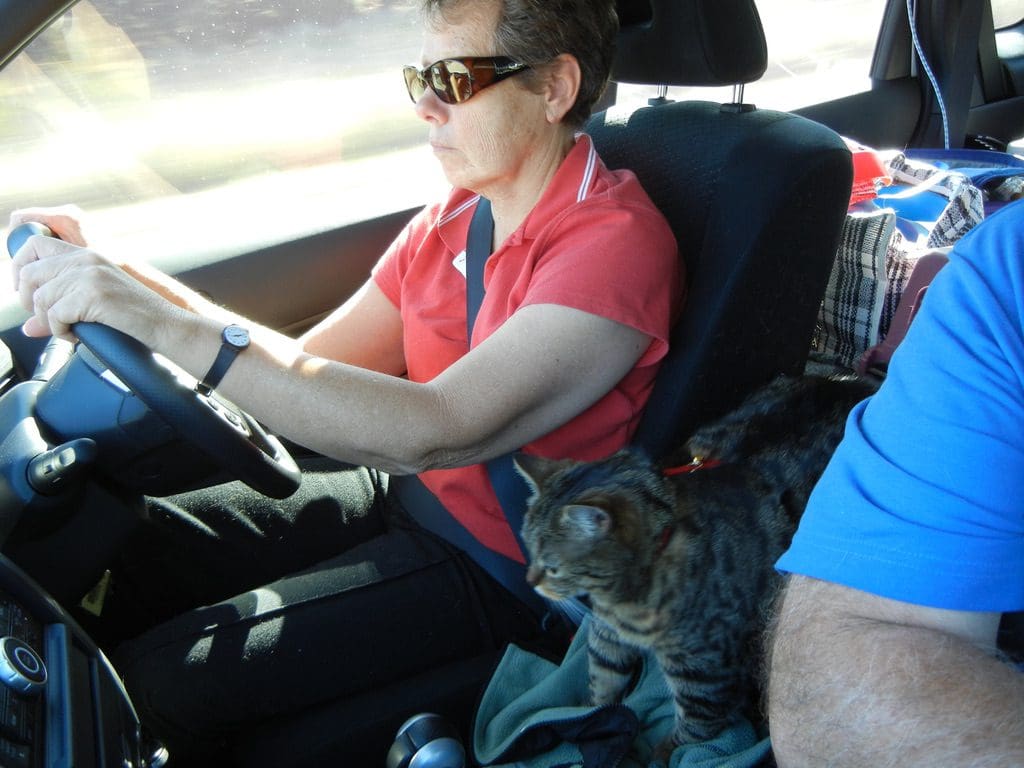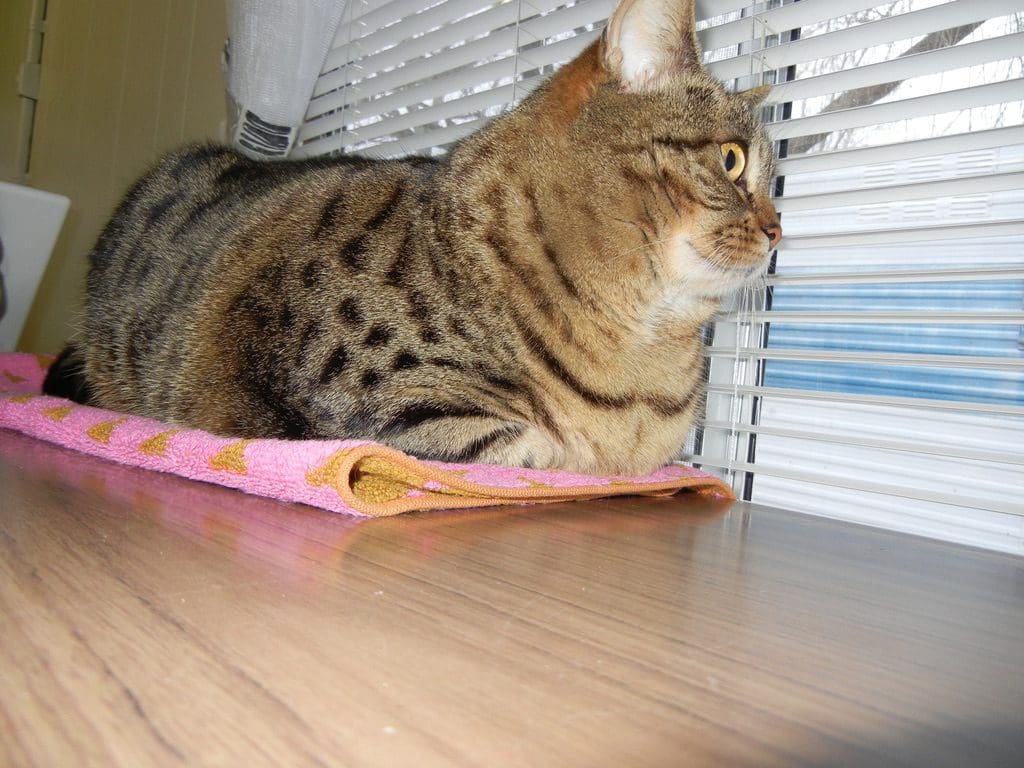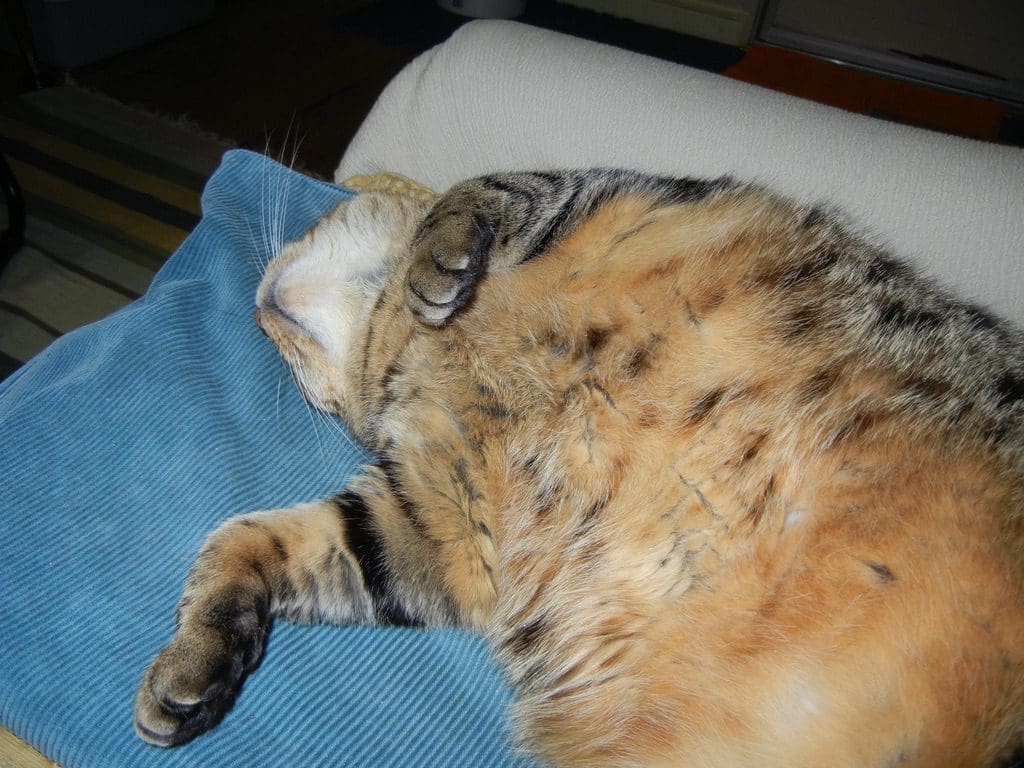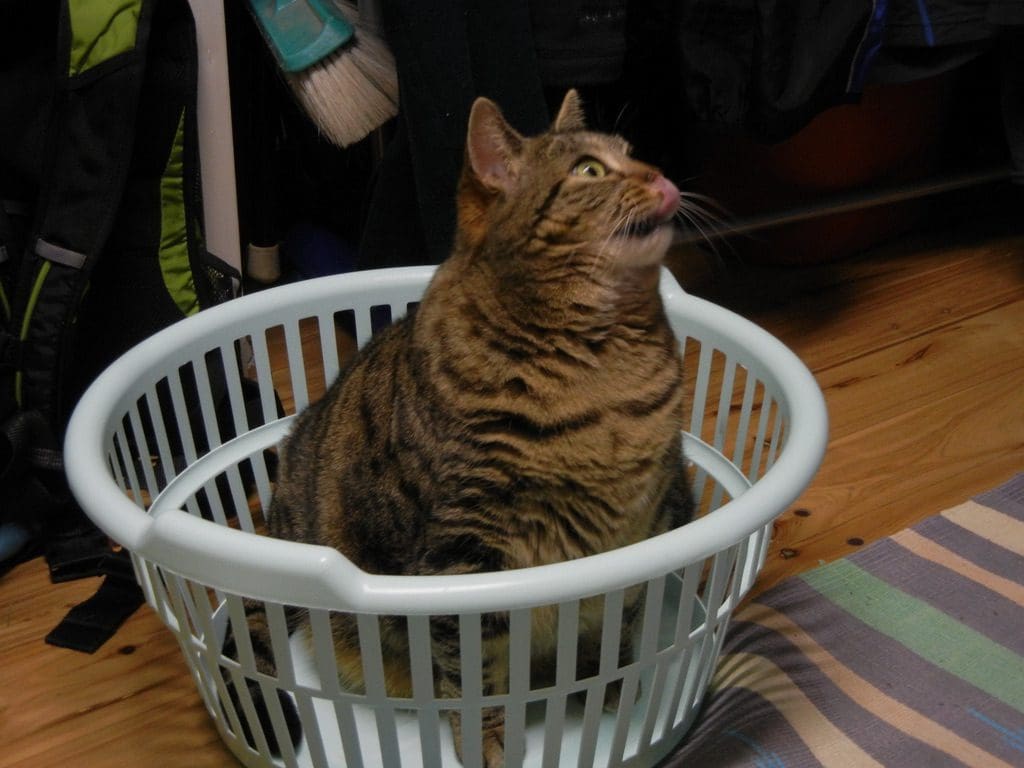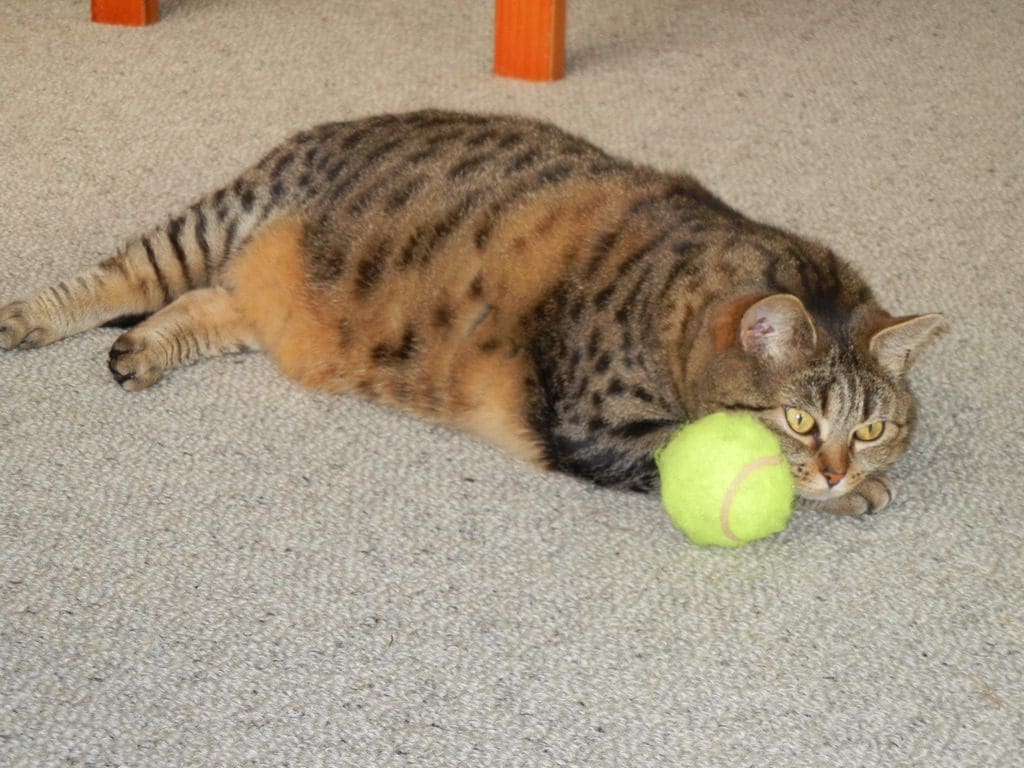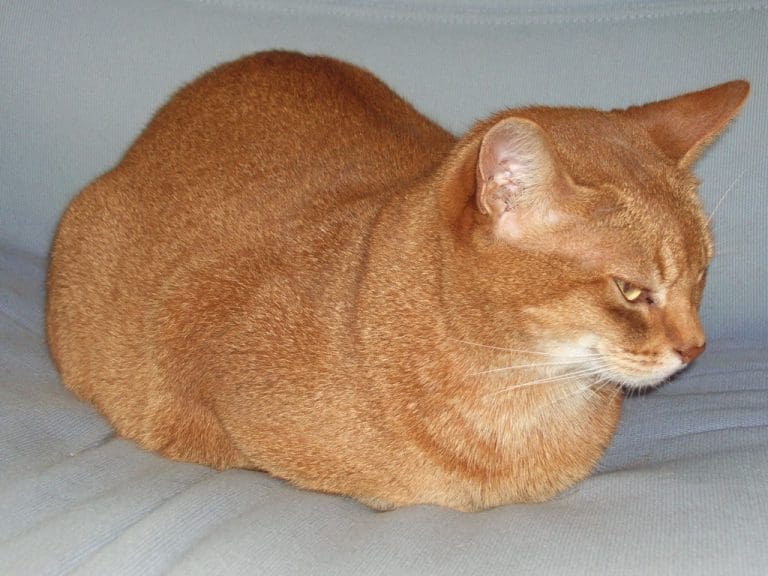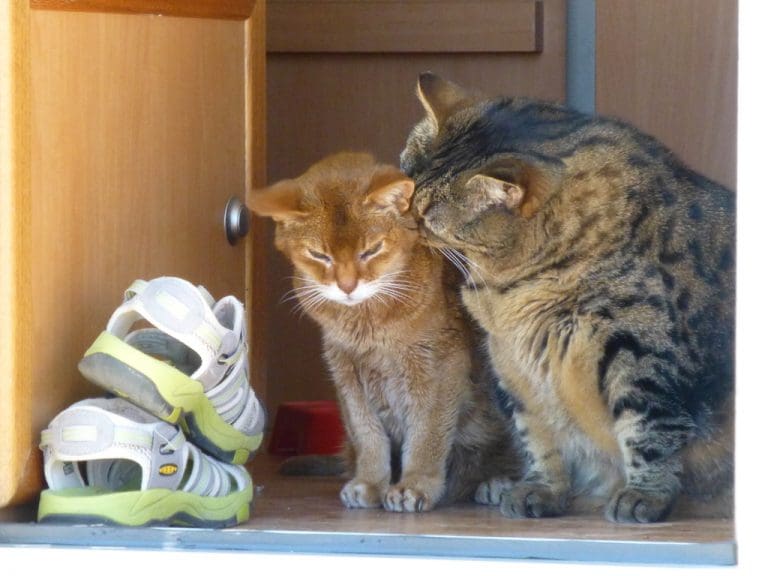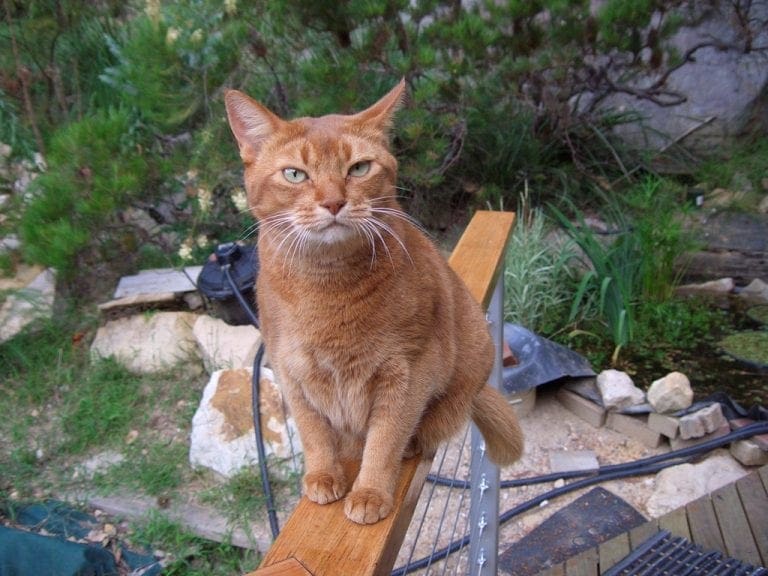Neeka Obituary
Neeka (2004?-2020) Obituary
Of all the cats we’ve had Neeka had the greatest need to fit in, to do the right thing. She was a truly lovely and loving cat.
We got her from the pound in 2008 when she was either 2 or 4 depending on which form we read. She was extremely skinny, had had one lot of kittens and a bad dose of flu. We were very lucky to get her. When she arrived at Cherrybrook, she had the two brown cats (Zazu & Wookie) to fit in with – which she did without any problem. At the time we got her, we were not used to cats overeating (the brown cats did not). Neeka did not move from the food bowl for 6 months and put on a heap of weight.
Neeka had been badly abused by a man before she came to us. It took many years before she came to trust me completely. When I was building in Cherrybrook, she would take off as soon as I picked up a long piece of timber or especially my blue level. How could anyone abuse such a lovely cat.
Neeka was obsessed with Wookie and followed him everywhere. He tried to show her how to live in the yard. Neeka would not go for a walk and so the walks stopped from then.
The first road trip we had with her was to Jindabyne. She was terrified and hated it. Zazu pranced around everywhere and Neeka hid in the car. At Jindy, she settled in very well and walked around on a lead.
She quickly grew to like road trips and went with us in the Avan to far North Queensland a few times. She would just settle down in the travel cage and go to sleep. (Much better in that than Zazu who insisted on being on the passengers lap.) Neeka really like to perform around the campgrounds of an evening – parading around with her tail up showing off on her lead. When we first travelled with the cats, I was worried they would not know which van was ours and might get lost if startled. Unfounded. They knew their way back to the van better that I did. When startled they would head straight for the van by the shortest path. When not startled, they could take me back on a path that would not need me climbing through hedges.
Neeka loved to meet people. She was always going over to people with her tail up just to say hello.
Neeka has slept on our bed for the five years we’ve been in Wagga. She would never presume that she could just jump up herself and needed to be properly invited and lifted up. All about being part of the pride and not doing the wrong thing. I think she was always worried about being sent back to the pound if she did something wrong.
Neeka’s death has affected me more than any other cat. I am going to miss her kindness.
